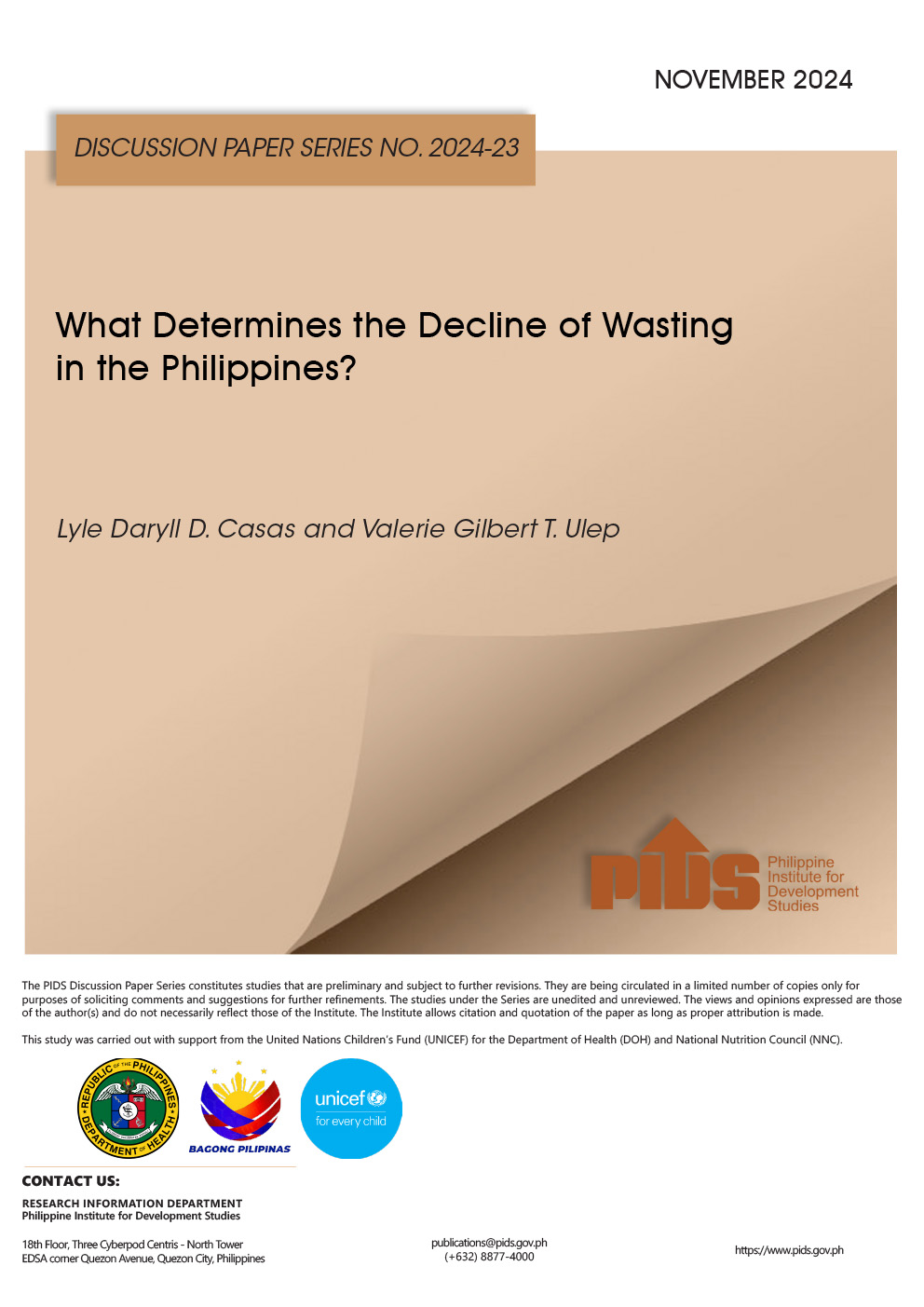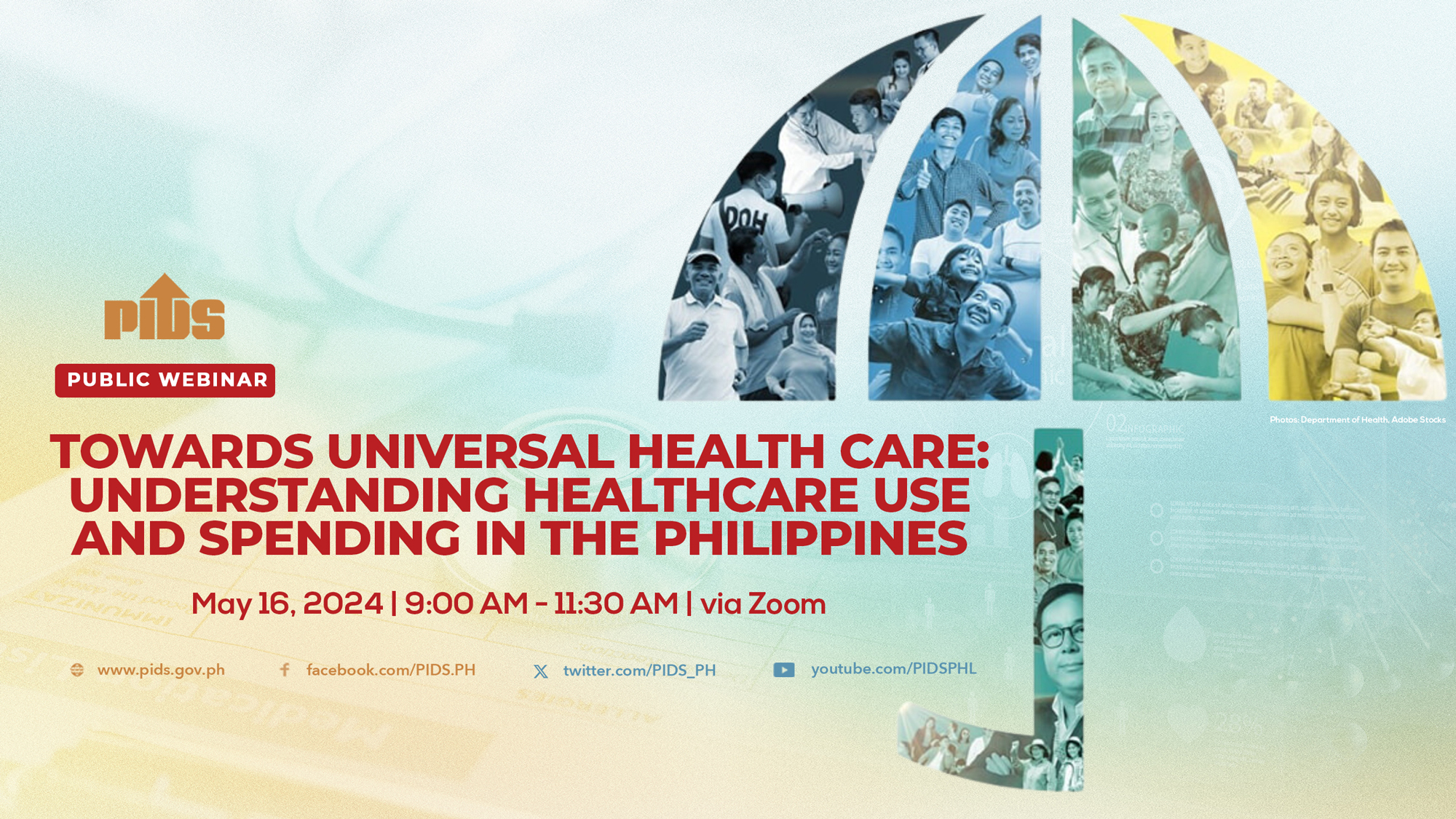The prevalence of medical and dental missions, which regularly attract a big number of people in Metro Manila and the provinces, is an indication that there is a lot to be done in improving the health system of the country.
“It is an indictment of our government. It means that our health system is horrible. But in fairness to the government, the Philippine Health Corp. (PhilHealth) and the Universal Health Care Act are movements in the right direction,” said Dr. Samuel Ang, Director General of the Chinese General Hospital and Medical Center in a one-on-one interview at the sidelines of the free medical and dental mission undertaken with volunteer doctors, dentists, nurses and staff of Federation of Filipino Chinese Chambers of Commerce and Industry, Inc (FFCCCII) and Chinese General Hospital.
Underspending in health
DESPITE the increase in health investing, the Philippine health system, sad to say, is still in the doldrums manifested by the slow progress and poor health outcomes.
According to a study released by state think tank Philippine Institute for Development Studies [PIDS] titled “Public Health and Labor Policy,” researchers Charlotte Justine Diokno-Sicat, Valerie Gilbert Ulep, Robert Hector Palomar, Ricxie Maddawin, and Mark Gerald Ruiz cited “chronic underinvestment as the primary cause of the health sector’s lackluster growth.”
Further, the study pointed out that the Philippines spent only half of the amount of what middle-income countries and its Association of Southeast Asian Nations counterparts on public spending on health, which accounted for about 1.5 percent of the gross domestic product (GDP). Philippine public health spending was principally lower than that of Thailand, Vietnam, Singapore, and Malaysia, which spent four times more.
“Philippine GDP has rapidly increased in recent years, but the country experienced only modest improvements in health outcomes compared with its neighboring countries,” the authors said.
Increase productivity
THE authors recommended boosting investments in the health sector. They added this will not only drive the Philippines’ economic activity and growth but also increase workers’ productivity.
“Government spending in the health sector is worth increasing with respect to further improving productivity, especially for the employed,” the authors said.
“A 1 percent increase in public health spending per capita may be related to an increase of about 15.1 percent to 17.9 percent in labor productivity in five years,” they added.
The authors pointed out that it this is consistent with the theory in health economics that higher investments or spending in health may be related to better productivity.
The authors urged the government to build better health policies that would benefit the country’s labor force and eventually help the economy to accelerate.
The authors stressed the importance of continued investments in human capital and education and other key areas to stimulate economic growth while improving the population’s well-being.
Challenges
APART from underspending in health, the study noted challenges in implementing the Universal Health Care (UHC) Act, where the government aspires to increase public spending to facilitate equitable healthcare access for all Filipinos. The authors said the implementation of the UHC Act should not only be confined to a health sector agenda alone but also part and parcel of the country’s policy to improve economic productivity.
“While the UHC Act provides the legal framework, critical components of the law have yet to be implemented, including mobilization of health resources and reforms,” they added.
The authors emphasized that the type of spending is as critical as the level of public expenditure. Thus, they suggested investing in cost-effective health interventions and improving the country’s primary and preventive care, which is more efficient and effective in enhancing health outcomes than curative or hospital-based care.
In addition, the authors said physical health infrastructures must be financed and supported to encourage businesses and provide workers with needed equipment, tools, and technology to be more productive.












